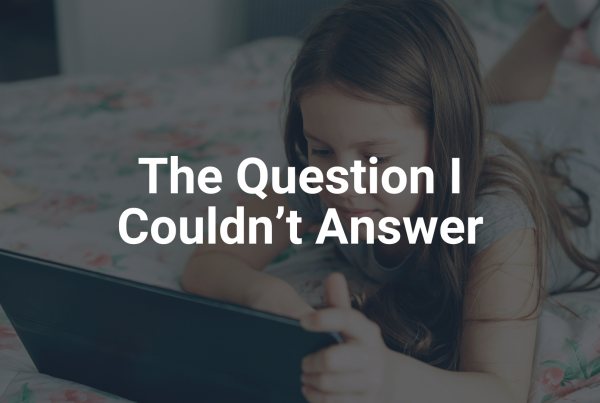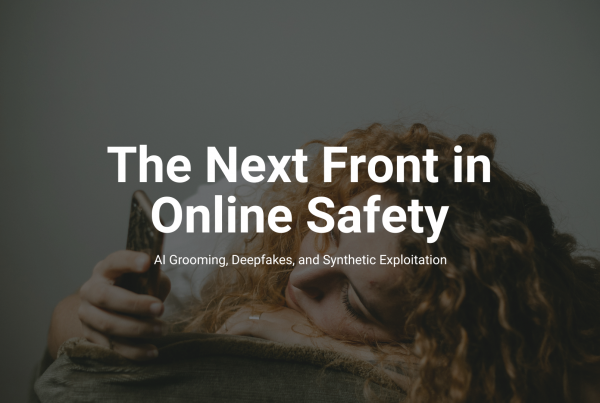Authors: Dr. Abbie Maroño
Published: October 6, 2025
The alarm doesn’t go off, so you’re already late. The coffee spills, emails are piling up, and then comes a phone call with bad news—a disappointment you weren’t ready for. By the time the day ends, you collapse onto the sofa, feeling like the weight of the world is pressing down on your shoulders. Your mind races with thoughts like “Why does everything feel so hard?” or “Why can’t I just handle this better?”
It’s not that life threw something catastrophic your way, but somehow, the little things stacked up and knocked you down. And here’s the truth: it’s not the weight of the day itself, it’s the struggle to bounce back.
Resilience isn’t a trait we’re born with. It’s something we build, a skill that grows stronger with intention and practice. Life throws challenges at all of us: a harsh comment, a difficult loss, overwhelming uncertainty. When resilience is strong, we adapt, stay grounded, and move forward. But building resilience doesn’t happen by chance. It requires us to slow down, tune in, and pay attention to ourselves in ways we often ignore.
This is where mindfulness comes in.
Mindfulness
Mindfulness is often misunderstood as simply “being calm” or “clearing your mind,” but it’s far more than that. It’s the practice of returning your attention to the present moment—focusing on what is, rather than dwelling on what was or worrying about what could be. Mindfulness is about awareness: awareness of your body, your emotions, and your mind. And when practiced consistently, it becomes a powerful tool for building resilience, helping us respond to life’s challenges with greater clarity and control.
But how exactly does mindfulness help us build resilience? It starts by improving our ability to pay attention—not just to the world around us, but to what’s happening within ourselves.
At the core of mindfulness is attention regulation, training the mind to focus on the present moment. This sounds simple, but anyone who’s ever tried to “quiet their mind” knows how quickly thoughts wander. We think about unfinished tasks, old mistakes, or future worries. Mindfulness doesn’t stop these thoughts; it teaches us to notice them, acknowledge them, and gently return our focus to the here and now.
Over time, this practice strengthens the brain’s anterior cingulate cortex (ACC), a region responsible for focus and decision-making. A wandering mind, left unchecked, can spiral into stress or overwhelm. But a trained mind can prioritize what matters and let go of distractions. When life feels chaotic, this skill helps us respond thoughtfully rather than react impulsively, a hallmark of resilience.
Listening to Your Body
Mindfulness also improves something called interoception—your ability to sense signals from within your body. Every day, our bodies send messages: hunger, fatigue, a racing heart, tight shoulders. These signals are clues to how we’re feeling, yet we often ignore or misinterpret them.
For example, someone with anxiety might notice their heart racing and immediately think, “Something’s wrong!” The body’s natural stress response—meant to keep us safe—ends up fueling panic. On the other hand, someone with depression may struggle to notice their body’s needs at all, missing hunger cues or physical fatigue.
Mindfulness teaches us to tune into these signals without judgment. By observing the body’s sensations, we develop a clearer understanding of how stress, emotions, and external triggers affect us. This awareness doesn’t erase discomfort, but it changes how we respond to it. Instead of being overwhelmed by a racing heart or tight chest, we can pause, breathe, and remind ourselves: “This feeling is temporary. I can handle this.” When we understand what’s happening within us, we’re better equipped to manage our emotional responses and make choices that serve us.
Responding Instead of Reacting
Our emotions color every experience we have, and they’re essential for survival. Fear tells us to avoid danger. Sadness tells us to slow down and reflect. Joy reminds us what’s worth pursuing. But when emotions go unchecked, they can spiral out of control. Anger can turn into rage, sadness into hopelessness, and fear into paralyzing anxiety.
Mindfulness helps us regulate our emotions by creating space between a trigger and our response. Instead of reacting automatically, we can pause, observe what we’re feeling, and choose how to respond. For example, anger might feel like the dominant emotion, but with mindfulness, we might notice it’s masking something deeper—like embarrassment or sadness. By identifying the root of our emotions, we can address them in healthier, more constructive ways.
This doesn’t mean suppressing emotions or forcing ourselves to “stay positive.” Mindfulness encourages us to acknowledge our feelings—no matter how uncomfortable—without being controlled by them. Over time, this rewires the brain to respond to challenges with greater calm and clarity, making us more resilient in the face of adversity.
Resilience is a Practice
Building resilience through mindfulness doesn’t happen all at once—it’s a gradual process, built on the small choices we make every day. It’s choosing to slow down, tune in, and take back control over how you respond to life’s challenges.
It starts with the simplest moments:
- Take a deep breath. Feel the air move in and out of your body. Notice how it grounds you in the present.
- Pay attention to what your body is telling you. Are your shoulders tense? Is your chest tight? These signals are clues to how you’re feeling.
- When emotions threaten to overwhelm you, pause. Instead of reacting, ask yourself: “What am I feeling right now? Why?”
- Replace harsh, critical self-talk with kinder, more supportive words—like you would speak to a friend.
These small moments of awareness add up. Each time you pause, breathe, and redirect your focus, you strengthen your ability to stay grounded in difficult moments. You’re training your mind to face challenges with clarity rather than chaos. Mindfulness doesn’t erase the struggle, but it gives you the tools to navigate it with grace and strength.
So, the next time life feels heavy, take a moment to pause. Breathe deeply. Notice what’s happening in your mind and body without judgment. Remind yourself: “This moment is tough, but I can handle it.” Because you can. And every time you practice mindfulness, even for a breath or a pause, you’re building the resilience to keep moving forward, one mindful step at a time.
References
Siegel, R. D., Germer, C. K., & Olendzki, A. (2009). Mindfulness: What is it? Where did it come from?. In Clinical handbook of mindfulness (pp. 17-35). New York, NY: Springer New York.
Creswell, J. D. (2017). Mindfulness interventions. Annual review of psychology, 68(1), 491-516.
Birtwell, K., Williams, K., Van Marwijk, H., Armitage, C. J., & Sheffield, D. (2019). An exploration of formal and informal mindfulness practice and associations with wellbeing. Mindfulness, 10(1), 89-99.
Howell, A. J., Digdon, N. L., Buro, K., & Sheptycki, A. R. (2008). Relations among mindfulness, well-being, and sleep. Personality and Individual Differences, 45(8), 773-777.
Liu, X., Wang, Q., & Zhou, Z. (2022). The association between mindfulness and resilience among university students: a meta-analysis. Sustainability, 14(16), 10405.
Sünbül, Z. A., & Güneri, O. Y. (2019). The relationship between mindfulness and resilience: The mediating role of self compassion and emotion regulation in a sample of underprivileged Turkish adolescents. Personality and Individual Differences, 139, 337-342.
Zhang, J., Mao, Y., Wang, Y., & Zhang, Y. (2023). The relationship between trait mindfulness and resilience: A meta‐analysis. Personality and Mental Health, 17(4), 313-327.
Roemer, L., Williston, S. K., & Rollins, L. G. (2015). Mindfulness and emotion regulation. Current Opinion in Psychology, 3, 52-57.
Lutz, J., Herwig, U., Opialla, S., Hittmeyer, A., Jäncke, L., Rufer, M., … & Brühl, A. B. (2014). Mindfulness and emotion regulation—an fMRI study. Social cognitive and affective neuroscience, 9(6), 776-785.





